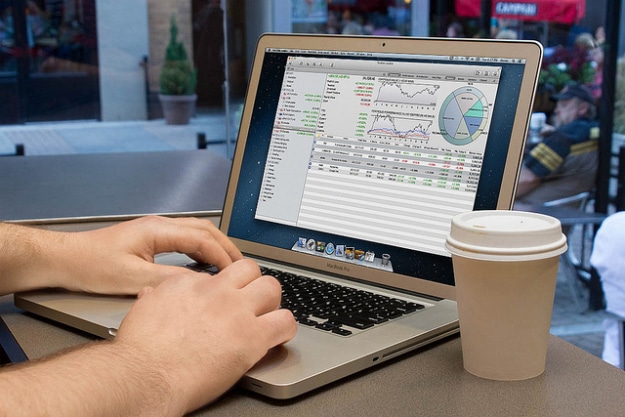
Intraday Trading refers to market positions which are held only a short time; typically the trader opens and closes a position the same day but positions can be held for a period of time as well. Position can be either long or short. Intraday trader is looking to take advantage of volatility during the trading day, and reduce “overnight risk” caused by events that might happen after the markets are closed. The concept got a bad reputation during the 1990’s when many beginners began to day trade, jumping onto the new online trading platforms without applying tested stock trading strategies. Beginners thought that they could “go to work” in their pajamas and make a fortune in stock trades with very little knowledge or effort. However, this proved not to be the case.

The day trading is not all that complicated once you learn a simple, rules-based strategy for anticipating market moves, such as that taught at Online Trading Academy.
Learn 5 secrets to succeed in day trading:
(1) Find out scenarios where supply and demand are drastically imbalanced, and use these as your entry points.
When supply is near exhaustion and there are still willing buyers, price is about to go higher. When there is excess supply and no willing buyers, price will go down. In all the advisory firms, students are taught to identify these turning points on a price chart and you can do the same by studying historical examples.
(2) You must set price targets before you jump in.
When you are buying a long position, decide in advance how much profit is acceptable as well as a stop-loss level if the trade turns against you. Stick by your decisions. You will limit your potential loss and keep you away from being overly greedy if price spikes to an untenable level.
(3) You must insist on a risk-reward ratio of at least 3:1 when setting your targets.
This is the most important lessons in stock trading for beginners that they must understand a proper risk-reward ratio. This allows you to “lose small and win big” and come out ahead even if you have losses on many of your trades. Actually, once you gain some experience, risk-reward ratios of as high as 5:1 or even higher may be attainable.
(4) Try to be a patient trader.
A successful day traders often do not trade every day. You may be in the market, at their computer, but if they don’t see any opportunities that meet their criteria they will not execute a trade that day. That is a lot better than going against your own best judgment out of an impatient desire to “just do something.” Plan your trades, then trade your plan.
(5) Try to be a disciplined trader.
You need to set a trading plan and stick to it. Always remember, before trusting the advisory firms that students execute live stock trades in the market under the guidance of a senior instructor until right decisions become second nature. When you are trading on your own, impulsive behavior can be your worst enemy. Fear can cause you to bail out too soon and greed can keep you in a position for too long. Do not expect to get rich on a single trade.
